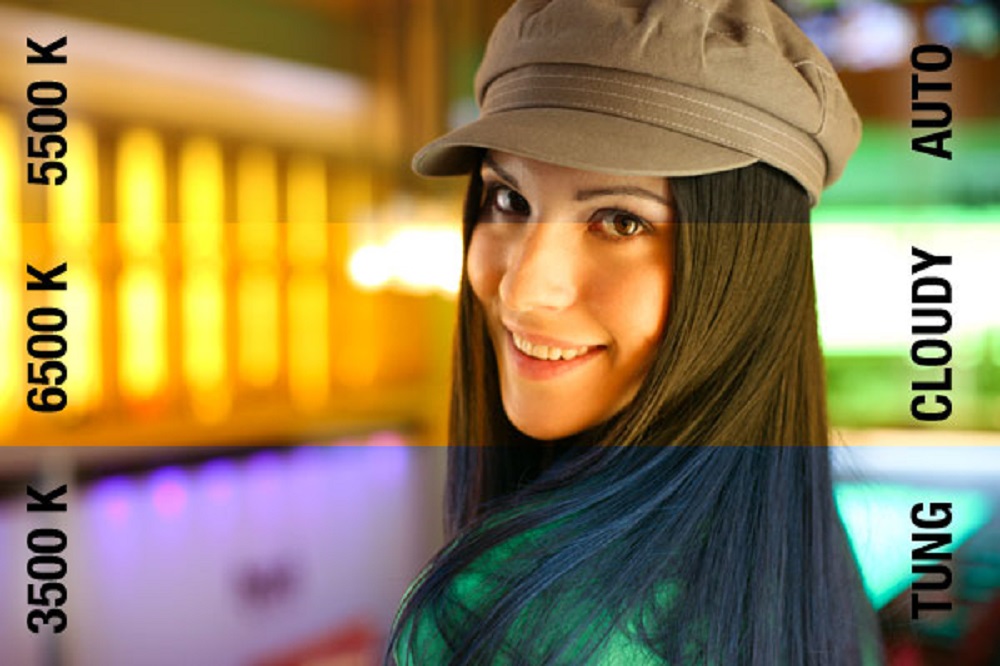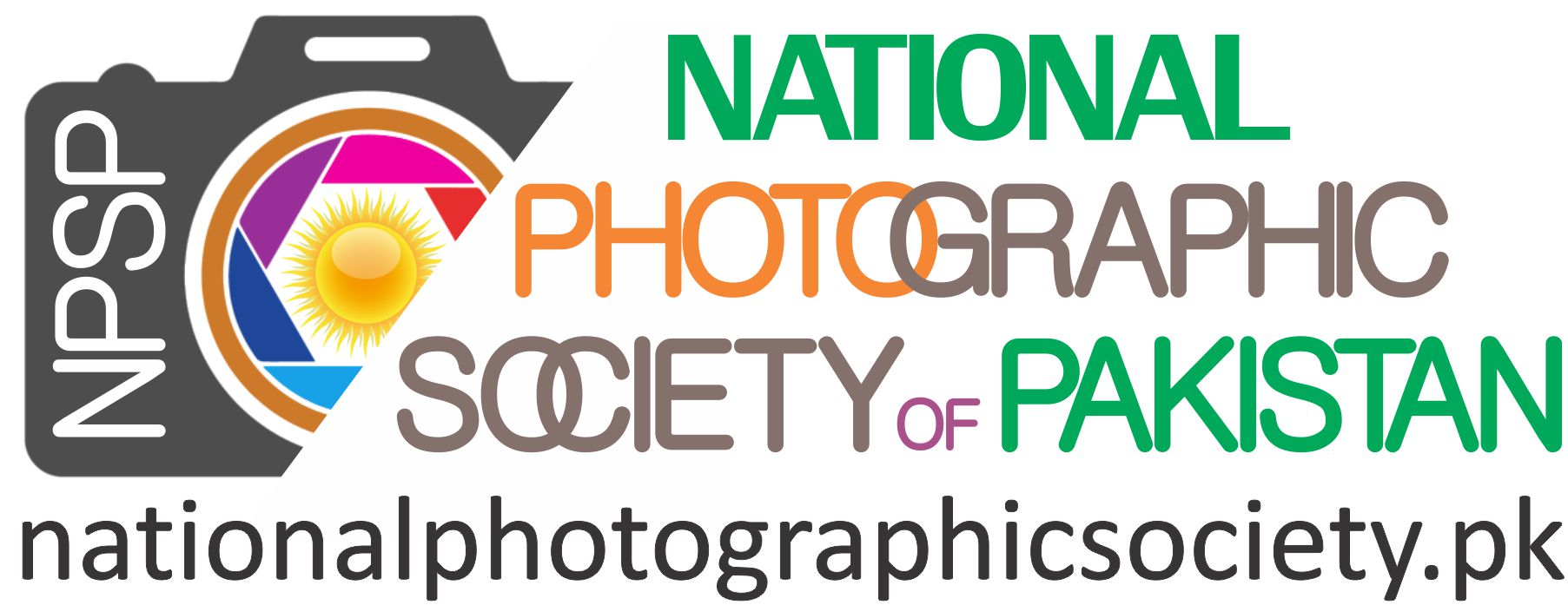What Is White Balance – DSLR Camera Tutorial
What is white balance? It all boils down to the concept of color temperature. Color temperature is a way of measuring the quality of a light source. It is based on the ratio of the amount of blue light to the amount of red light, and the green light is ignored. The unit for measuring this ratio is in degree Kelvin (K). A light with higher color temperature (i.e., larger Kelvin value) has “more” blue lights than a light with lower color temperature (i.e., smaller Kelvin value). Thus, a cooler (resp., warmer) light has a higher (resp., lower) color temperature. The following table shows the color temperature of some light sources.
| Light Sources | Color Temperature in K |
| Clear Blue Sky | 10,000 to 15,000 |
| Overcast Sky | 6,000 to 8,000 |
| Noon Sun and Clear Sky | 6,500 |
| Sunlight Average | 5,400 to 6,000 |
| Electronic Flash | 5,400 to 6,000 |
| Household Lighting | 2,500 to 3,000 |
| 200-watt Bulb | 2,980 |
| 100-watt Bulb | 2,900 |
| 75-watt Bulb | 2,820 |
| 60-watt Bulb | 2,800 |
| 40-watt Bulb | 2,650 |
| Candle Flame | 1,200 to 1,500 |
Note that Kelvin values listed in the table are approximates rather than exact. Moreover, a new light bulb and new flash have higher color temperature than their old and used equivalents, and an electronic flash is designed to have a color temperature comparable to that of average sunlight.
Human brain can quickly adjust to different color temperatures. More precisely, our eyes, with the help from the experience we learned, see a white paper as a white paper no matter it is viewed under strong sunlight or in a room illuminated with incandescent lights. Unfortunately, color films can only correctly record the colors in certain range of color temperatures. Therefore, we have daylight and tungsten films. On the other hand, digital cameras are very different! Digital cameras usually have built-in sensors to measure the current color temperature and use an algorithm to process the image so that the final result may be close to what we see (with our eyes, of course). But, the algorithm(s) being used may not be accurate enough to make every situation correct. Under some difficult situations when the in-camera algorithm is not able to set the color temperature correctly or when some creative and special effects are needed, we can instruct the camera to use a particular color temperature to fulfill our need. This adjustment that makes sure the white color we view directly will also appear white in the image is referred to as white balance.
Setting white balance incorrectly may cause a color shift in the image. For example, suppose the camera is told to use a color temperature of sunlight to take an image of an indoor environment illuminated mainly by incandescent lights. The camera will expect excessive blue light and less red light, and set its algorithm to be more sensitive to the blue light. However, in an environment illuminated with incandescent lights, color temperature is low with excessive red light rather than the blue one. As a result, we shall see a reddish or yellowish image.
Taken From = http://www.cs.mtu.edu/~shene/DigiCam/User-Guide/white-balance/wb-concept.html

Do You Want To Make Thousands Of Dollars Extra Cash Every Month
From Photography In Pakistan?
Subscribe To Our Mailing List And Get Free Photography Training Videos, Free Photography Tips And Wonderful Photography Ideas From NationalPhotographicSociety.Pk Team In Your Email
We Respect Your Privacy And Protect It Seriously




